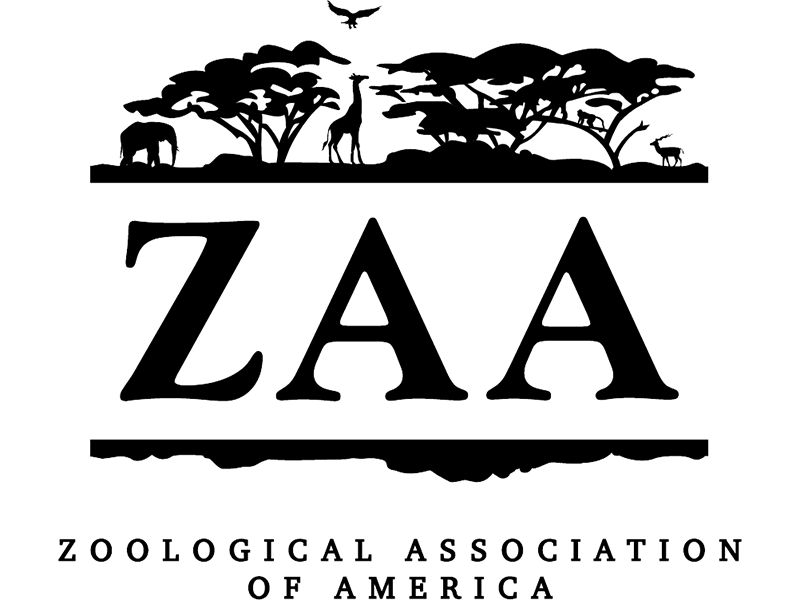The Animals
Hyacinth Macaw
General Info
Common Name: Hyacinth Macaw
Scientific Name: Anodorhynchus hyacinthinus
Physical Appearance: Plumage is cobalt blue throughout with more violet on wings. Undersides of flight-feathers and tail are grey. Bare skin of yellow around eye and beak. Large black/grey beak. Males and females are sexually monomorphic.
Length/Weight: 76-93.5 cm. long (including tail) with up to a 117-127 cm. wingspan, 1,200-1,700 gms.
Lifespan: Can live 30-50 years in the wild. 50+ years in captivity.
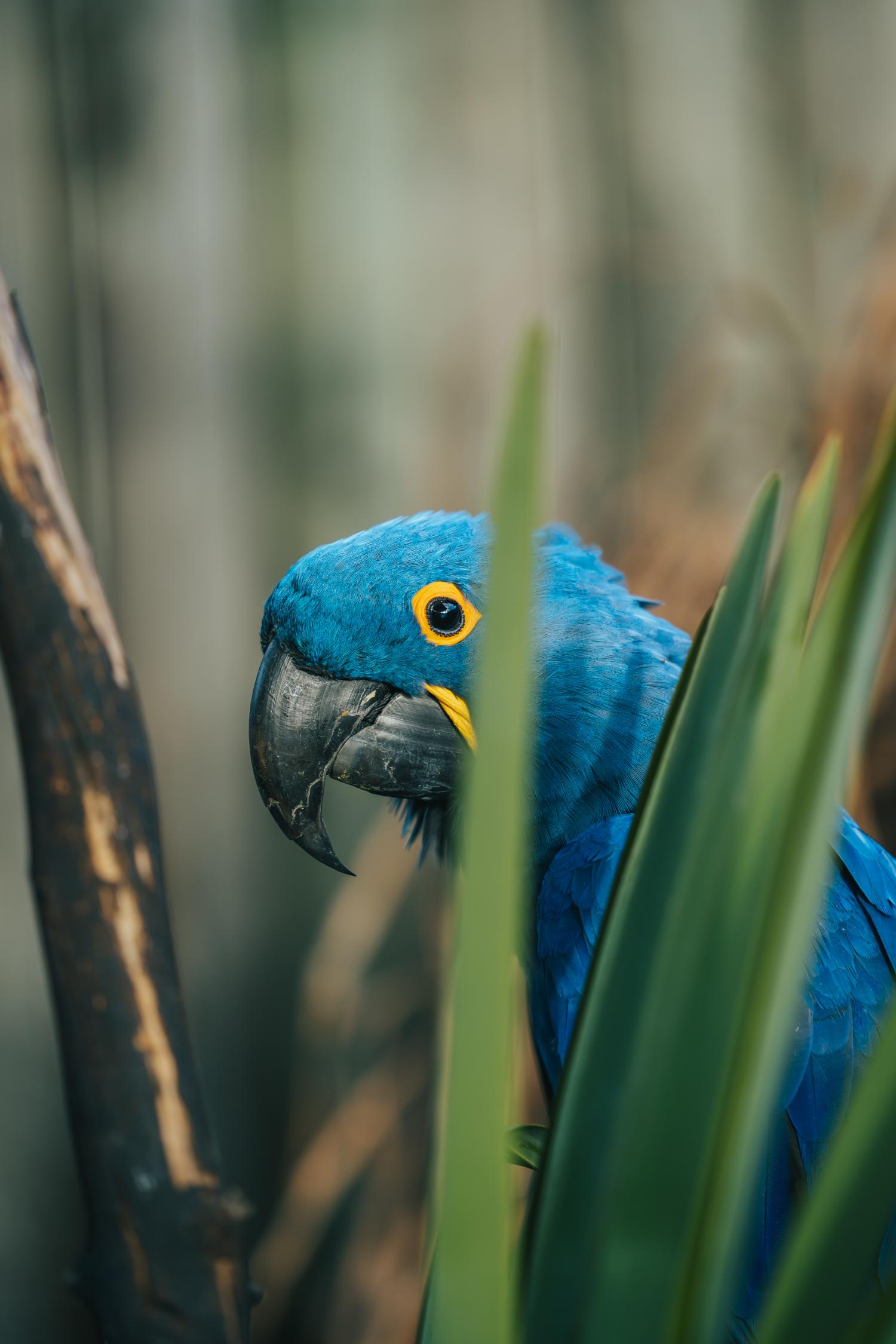
Environment
Range: Currently found in three isolated groups. Central South America, Bolivia, and northern Paraguay.
Habitat: Edge of tropical moist lowland forest, palm savannas, open dry woodland with gallery forest, and Maurita palm stands.
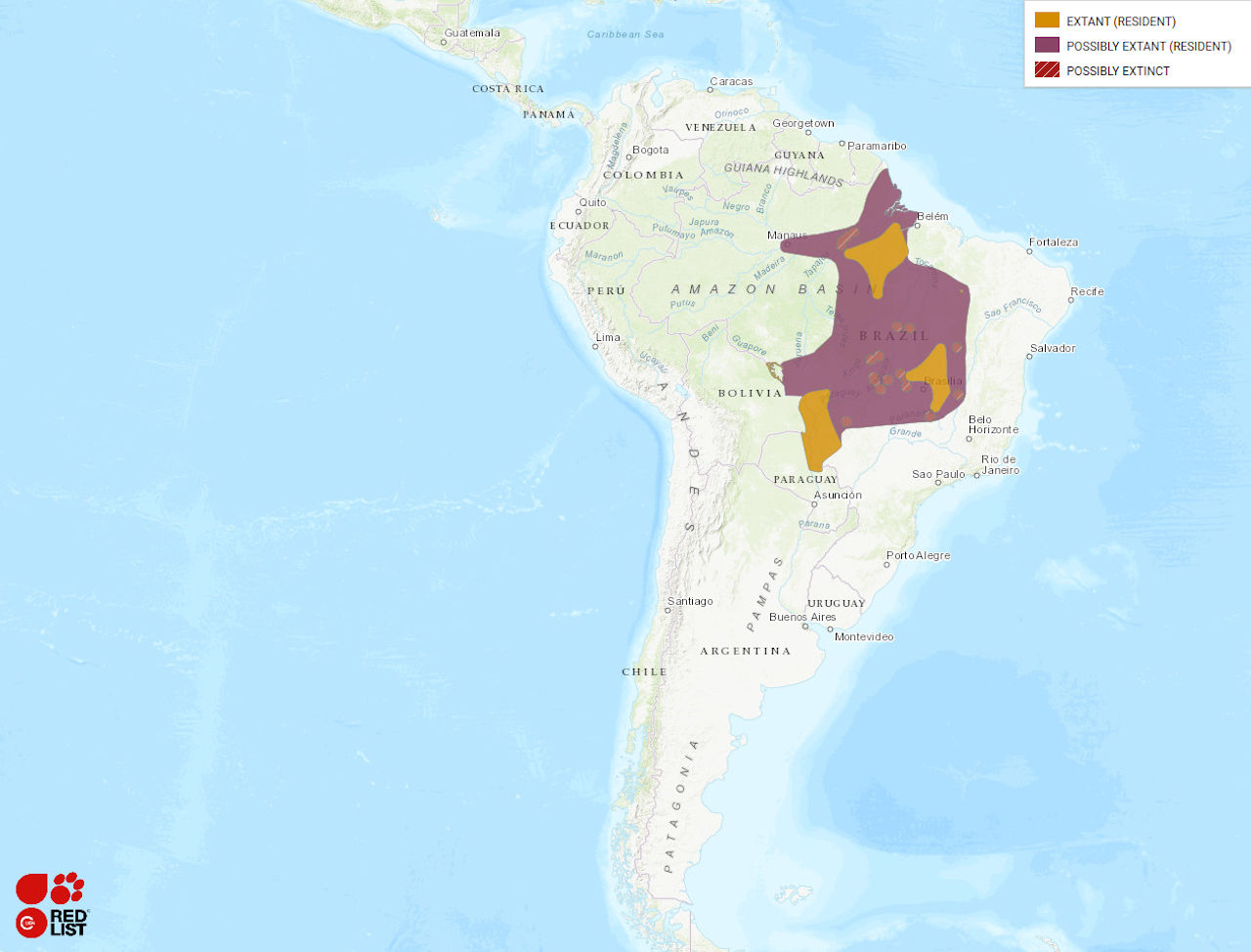
Diet
Nuts from palm species, fruits, nectar, seeds, and Pomacea molluscs. Peak foraging activity in morning or late afternoon.
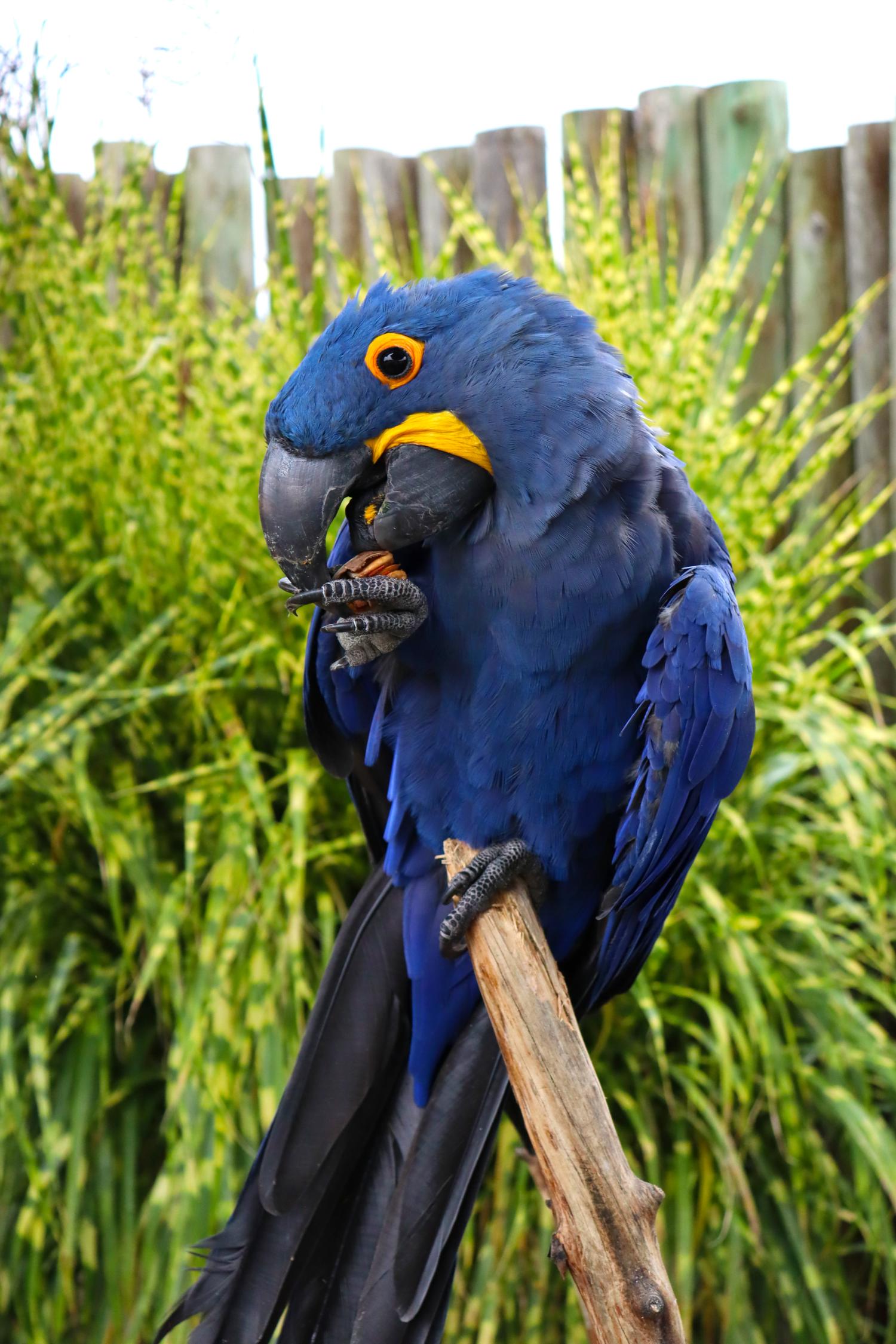
Reproduction
Nests in holes within dead palm trees and stubs in lower Amazon and Pantanal. Found to nest in cliffs in northeastern Brazil. Exclusive nesting in the Manduvi tree in the Pantanal wetlands. Breeding season July – December. Clutch size 2-3 eggs. Incubation 27-30 days with chicks fledging around 105-110 days.
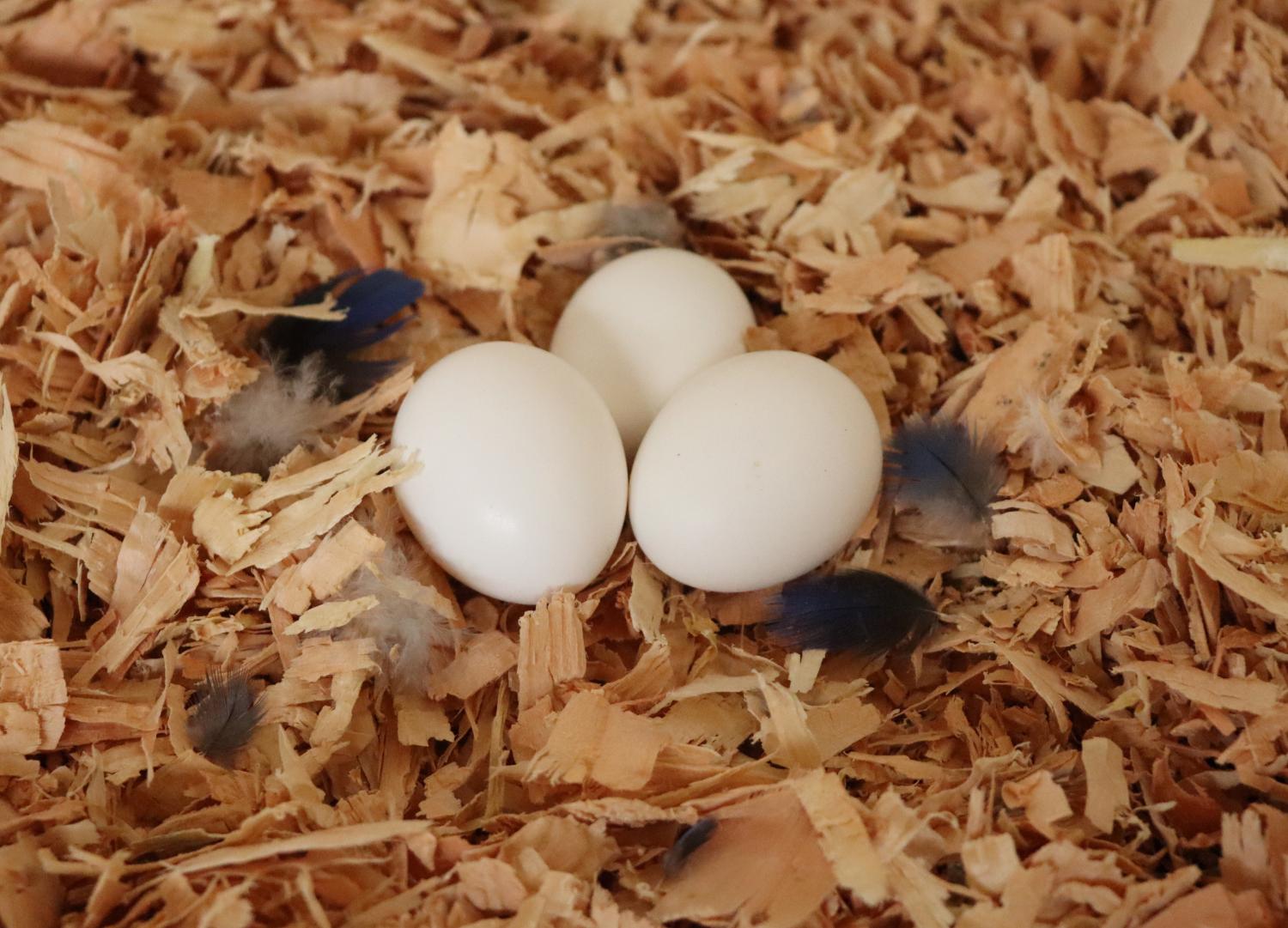
Conservation
Status:
Listed on IUCN: VULNERABLE
Population Trend: DECREASING
Efforts:
Listed on CITES Appendix I and II. Main threats due to trapping for illegal pet-trade, hunting for food and feathers, and habitat destruction for hydroelectric dams and agriculture. Species was heavily traded between 1970-1990. Signs of recovery have been noted in Pantanal in the 1990’s. Additional conservation programs have been implemented such as ecotourism, environmental education, and nest-box deployment at certain ranches.
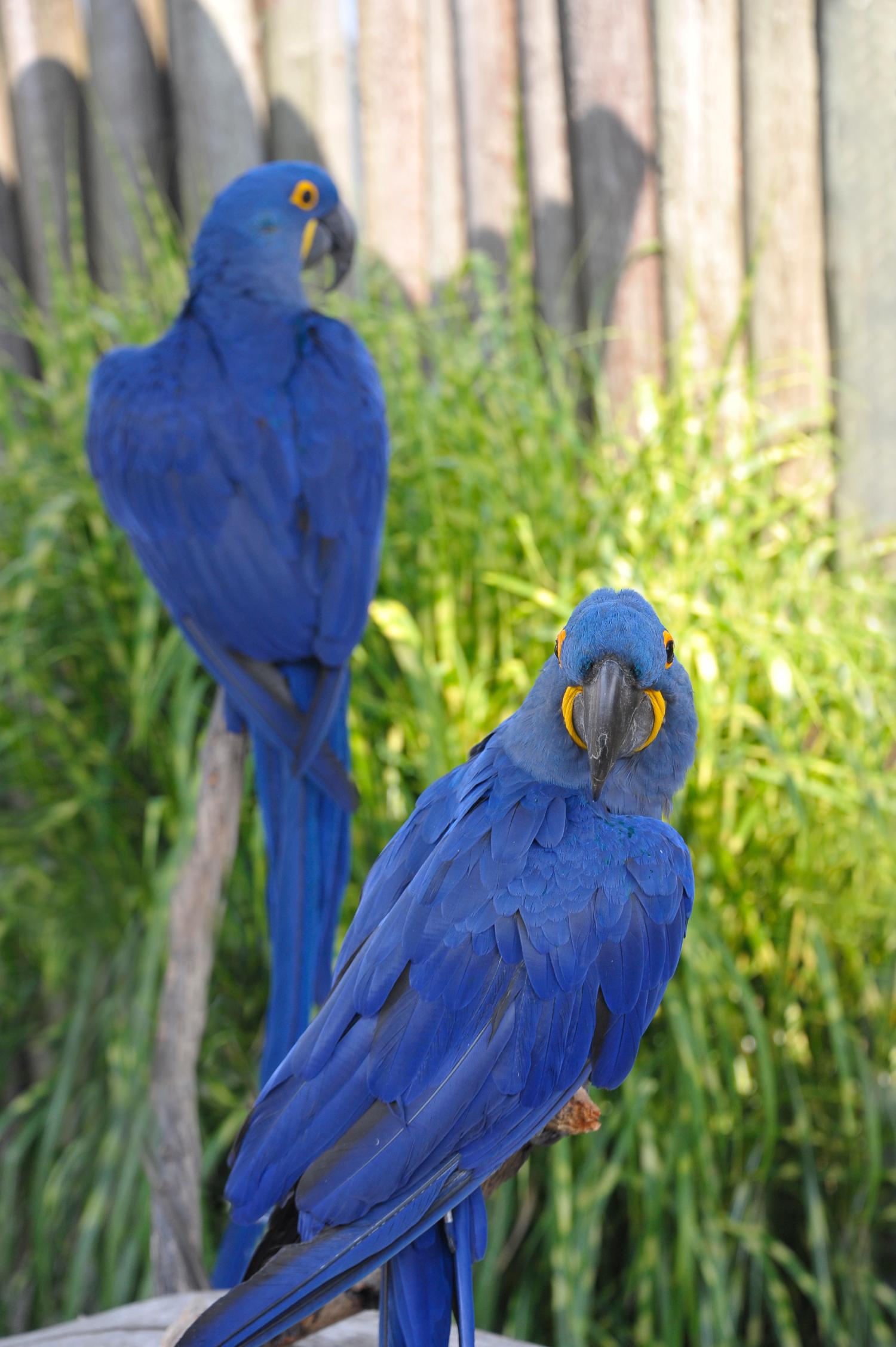
Important Facts
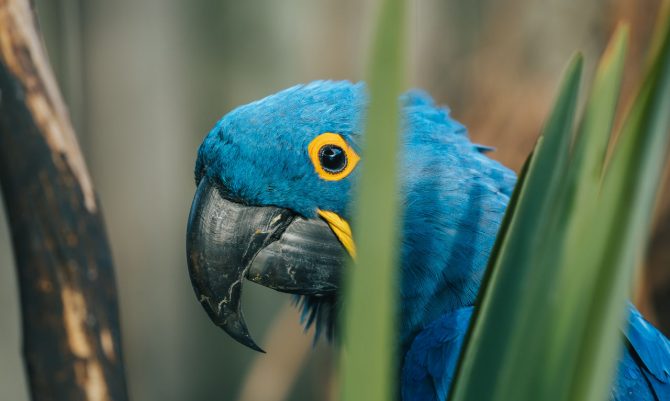
Largest of the macaw species.
Helps spread the seeds of 18 plant species in Brazil and Bolivia.
Strongest beak out of all the macaws with upwards of 1200 psi.
Sources:
IUCN: REDLIST
World Parrot Trust
BirdLife International
A Guide to Parrots of the World
The Large Macaws
Birds of the World: The Cornell Lab of Ornithology

